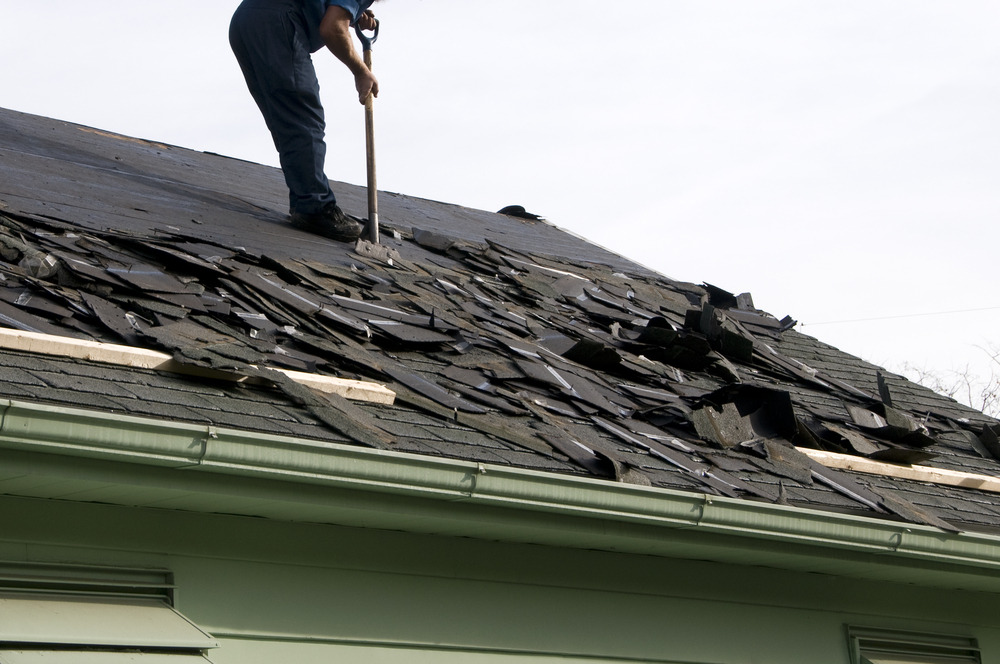We encourage you to learn about the various types of roofing slate available for your home improvement projects. Pinnacle Home Improvements specializes in roofing solutions that enhance the appearance and durability of your home, so we can help you do so.
This article will provide valuable insights into the different types of roofing slate, their characteristics, and their benefits. Once you’ve finished reading, contact our team to go over which of your slate roof options is best for your roofing needs.
What Are The Types of Slate Roofs? Exploring Varieties and Styles
Slate roofs represent the pinnacle of durability and longevity in the realm of roofing materials. Prized for its natural beauty and resistance to the elements, roofing slate has been used for centuries to protect and enhance the aesthetic appeal of buildings. As a premium roofing material, slate offers a unique combination of practical benefits and an elegant appearance that makes it a favored choice for both traditional and contemporary architecture.
The types of slate roofs can be categorized based on the slate’s origin, color, size, and thickness. Each type has its own distinctive qualities and characteristics that cater to various architectural styles and personal preferences. The diversity of slate allows homeowners to select a roofing solution that not only meets their performance requirements but also complements the individual character of their homes.
In the installation process, the choice between standard and random-width slate tiles, alongside the selection of installation patterns, plays a crucial role in the final appearance of the roof. Slate can be laid in uniform patterns for a clean, symmetrical look or in a more eclectic, irregular fashion for a rustic charm. Understanding the types and nuances of slate roofs enables architects, builders, and homeowners to make informed decisions about which slate roofing option will best suit their specific needs and design visions.
Types of Roofing Slate
Different regions around the world produce distinctive types of roofing slate that vary in color, durability, and grain. These variations impact the aesthetic and functional qualities of the roofing material.
Welsh Slate
Welsh slate, known for its exceptional longevity and resilience, is often regarded as one of the finest slates in the world. It is characterized by its uniformity in color, typically a dark blue-gray with a smooth texture, and can last over a century.
Spanish Slate
Spanish slate offers a range of colors from dark gray to black and accounts for a majority of Europe’s natural slate production. It is lighter in weight compared to Welsh slate and often features a distinct riven texture. Its life expectancy is slightly shorter than Welsh slate but generally provides a long-lasting roofing solution.
Vermont Slate
Sourced from the Slate Valley in the United States, Vermont slate is notable for its variety of colors that include green, purple, black, red, and mottled patterns. It is known for its strength and durability, with a life span that competes closely with that of Welsh slate.
Chinese Slate
Chinese slate is available at a lower cost, which makes it accessible for a wide range of applications. The quality can vary, with some Chinese slate offering solid performance, but its lifespan tends to be shorter than European and North American slate due to inconsistencies in the material’s properties.
Canadian Slate
Canadian slate is recognized for its good quality and durability, often compared favorably with slates from other regions. It usually has a medium gray color and possesses a fine grain, with a life expectancy that provides a reliable roofing solution for several decades.
Evaluating Slate Roofing
When evaluating slate roofing, one must consider its durability and cost-effectiveness to make an informed decision. These factors greatly influence the lifetime value and suitability of slate for a home.
Durability and Longevity
Slate is esteemed for its natural durability, often lasting over a century. Its resistance to harsh weather conditions and minimal fading over time make it a top-tier roofing material in terms of longevity. Factors that contribute to the durability of slate include:
- Thickness of Slate: Thicker slates tend to last longer.
- Installation Quality: Properly installed slate roofs can significantly extend the roofing’s lifespan.
- Maintenance: Regular maintenance can help preserve the slate’s condition.
Pros:
- Long lifespan, potentially exceeding 100 years.
- Resistance to fire, rot, and pests.
Cons:
- Brittle nature can lead to breakage if walked on.
- Requires reinforced roofing supports due to weight.
Cost-Effectiveness
The cost-effectiveness of slate roofing is assessed by weighing initial costs against long-term investment returns. While slate roofs have a higher upfront cost than other materials, their longevity often results in lower lifecycle expenses. The economic evaluation of slate roofing includes:
- Installation Costs: Higher compared to materials like asphalt shingles due to specialized skill needed for proper installation.
- Repair and Maintenance: Slate roof maintenance costs tend to be lower over time, given the material’s durability.
Pros:
- Energy efficiency which leads to potential savings in heating and cooling costs.
- Increased property resale value due to the roof’s lifespan and aesthetic appeal.
Cons:
- High initial investment.
- Complex repairs, if needed, can be more costly due to the specificity of the material and expertise required.
Installation and Maintenance
When installing a slate roof, precision and expertise are crucial. The installer must ensure proper alignment to prevent leaks and guarantee the longevity of the roofing system. They should start with high-quality underlayment as a solid foundation, followed by careful slate selection and layout planning.
Installation Best Practices:
- Assess the roof structure to ensure it can support the weight of slate.
- Use copper or stainless steel nails for securing slates.
- Overlap slates correctly to provide adequate water runoff.
- Incorporate appropriate flashing materials at valleys, eaves, and ridge intersections.
Slate roofs require relatively low maintenance due to their durability. However, regular inspections can detect and address small issues before they escalate.
Maintenance Tips:
- Clear debris from gutters to maintain proper drainage.
- Replace broken or missing slates promptly to avoid water ingress.
- Inspect flashings regularly for signs of wear and tear.
- Avoid walking on the roof to prevent slate damage.
By adhering to these guidelines, the longevity and performance of a slate roof are notably enhanced. It is always recommended to engage professional roofing contractors for both installation and ongoing maintenance to ensure the highest standards are met.
Choosing the Right Slate
When selecting slate for roofing, homeowners must consider various types such as natural slate and synthetic slate options. Natural slate has a long-standing reputation for durability and aesthetic appeal, while synthetic slate is lauded for its lighter weight and potential cost savings.
Types of Roof Slates
- Natural Slate: Quarried stone that is cut and shaped for roofing.
- Pros: Longevity, fire resistance, unique natural texture.
- Cons: Heavyweight, more complex installation, higher cost.
- Synthetic Slate: Manufactured from combinations of plastic and rubber.
- Pros: Lightweight, ease of installation, often recyclable.
- Cons: Lower lifespan than natural slate, potential for less natural appearance.
They should assess the slate roofing against weather conditions in their region. Density and water absorption rates are critical factors that determine the resilience of the slate in harsh weather. Thicker slates, with a lower water absorption rate, resist freeze-thaw cycles better, making them suitable for colder climates.
Expert Tips
- Verify the ASTM (American Society for Testing and Materials) rating of the slate to ensure quality.
- Evaluate the color and grain consistency for a harmonious roof appearance.
- Prioritize slates with a life expectancy that aligns with the longevity of your home.
As a top local roofing contractor, our roofing experts often recommend considering the architectural style of the home to match the slate accordingly. It’s essential for homeowners to collaborate with knowledgeable contractors who provide professional grading and installation services. This ensures that the selected slate complements the home aesthetically and performs effectively over time.
Contact our team with any questions or to moving your roofing project forward.








